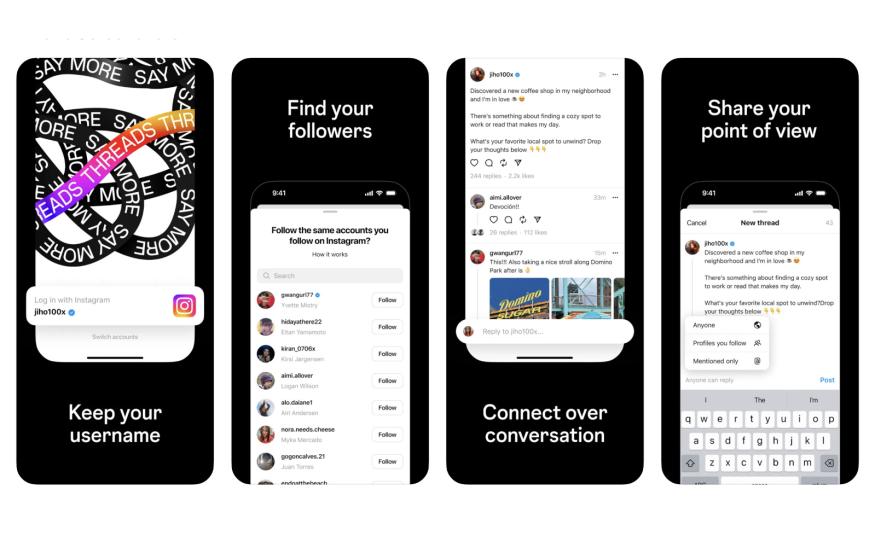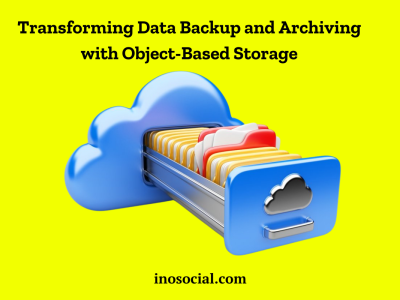In today’s fast-paced digital world, communication is key. Whether it’s for personal or professional use, we rely on messaging apps to connect with others and stay connected. One app that has gained popularity for its unique features and customizable interface is the Threads App. This innovative messaging app is not only user-friendly but also offers a powerful API that allows developers to unlock its full potential. In this blog post, we will take a deep dive into the Threads App API, exploring its features, benefits, and how it can be integrated into your own applications.
Whether you are a seasoned developer or just starting out, this introduction to the Threads App API will provide you with the knowledge and tools you need to harness the power of threads and take your messaging experience to the next level.

Understanding the Threads App API
If you’re looking to enhance the functionality of your app or website, the Threads App API can be a game-changer. The Threads App API allows developers to tap into the power of Threads, a popular messaging app, and leverage its features within their own platforms. But what exactly is the Threads App API, and how can it benefit you?
At its core, the Threads App API is a set of tools, protocols, and methods that allow developers to integrate Threads’ features seamlessly into their own applications or websites. This means you can leverage the powerful messaging capabilities of Threads, such as real-time messaging, push notifications, and multimedia sharing, to create a more engaging and interactive user experience.
By integrating the Threads App API, you can unlock a whole new level of communication for your users. Imagine providing them with the convenience of direct messaging, allowing them to connect and collaborate effortlessly. Whether it’s for a social networking platform, a customer support system, or a team collaboration tool, the Threads App API enables you to create a seamless and immersive messaging experience.
One of the key advantages of using the Threads App API is its versatility. It provides developers with access to various features and functionalities, allowing them to tailor the integration to their specific needs. Whether you want to enable one-on-one messaging, group chats, or even implement multimedia file sharing, the Threads App API has you covered.
Furthermore, the Threads App API offers robust security measures, ensuring that your users’ data and communications are protected. With end-to-end encryption and secure authentication protocols, you can have peace of mind knowing that your users’ privacy is safeguarded. In conclusion, understanding the Threads App API opens up a world of possibilities for developers.
Features and benefits of the Threads App API
The Threads App API offers a wide range of features and benefits that can greatly enhance the functionality and user experience of your own app or platform.
One of the key features of the Threads App API is its ability to seamlessly integrate messaging and communication capabilities into your app. With this API, you can enable real-time messaging, allowing users to have instant and interactive conversations within your app.
Another powerful feature of the Threads App API is its robust notification system. You can leverage this feature to send push notifications to users, keeping them engaged and informed about important updates or new messages. This helps to enhance user retention and encourages ongoing usage of your app. Furthermore, the Threads App API provides advanced security features to ensure the privacy and integrity of user data. This includes end-to-end encryption for messages and attachments, as well as user authentication and authorization mechanisms. With these security measures in place, you can have peace of mind knowing that your users’ information is protected.
Customization options
Additionally, the Threads App API offers a comprehensive set of customization options, allowing you to tailor the messaging experience to fit the unique branding and design of your app. You can customize the appearance of message bubbles, avatars, and other elements to create a cohesive and seamless user interface. One of the standout benefits of using the Threads App API is the time and cost savings it provides. By leveraging the existing infrastructure and functionality of the Threads App, you can quickly and easily integrate powerful messaging features into your app without having to build everything from scratch.
This not only saves development time but also reduces costs associated with maintaining and scaling a messaging system. In conclusion, the Threads App API empowers developers to unlock the power of real-time messaging, robust notifications, enhanced security, and customization options. By leveraging these features and benefits, you can enhance the functionality, engagement, and overall user experience of your app or platform.

Integrating the Threads App API into your applications
Integrating the Threads App API into your applications can unlock a world of possibilities. By leveraging the power of this API, you can seamlessly connect your applications with the Threads messaging platform, allowing your users to communicate and collaborate effortlessly. To get started, you’ll need to obtain an API key from Threads. This key will authenticate your application and grant it access to the API endpoints. Once you have your API key, you can begin integrating the Threads App API into your applications.
The first step is to familiarize yourself with the API documentation. This comprehensive guide will provide you with all the necessary information on the available endpoints, request parameters, and response formats. It’s essential to understand the structure and functionality of the API before diving into the integration process. Next, you’ll need to set up the necessary infrastructure to make API calls from your application. This typically involves making HTTP requests to the Threads API endpoints, utilizing various HTTP methods such as POST, GET, PUT, or DELETE.
How does the integration happen?
Depending on your preferred programming language or framework, there are numerous libraries and SDKs available that can streamline this process and handle the HTTP communication for you. Once the infrastructure is in place, you can start incorporating the Threads App API functionality into your application’s codebase. This may involve implementing features such as sending messages, creating threads, managing user profiles, or retrieving conversation history.
The API documentation will guide you through the specifics of each endpoint and the required request payload. During the integration process, it’s crucial to handle errors and edge cases gracefully. Proper error handling and fallback mechanisms will ensure that your application remains robust and user-friendly, even in the face of unexpected API responses or connectivity issues. Finally, thorough testing is essential to ensure a smooth integration.
Test your application’s interaction with the Threads App API, validating the expected functionality and verifying the accuracy of the responses. This will help identify any issues or inconsistencies, allowing you to address them before deploying your application to production. Integrating the Threads API into your applications opens up a world of communication capabilities. Whether you’re building a collaboration tool, a customer support platform, or a community-focused application, the Threads App API empowers you to enhance the user experience and drive engagement.

Best practices and tips for using the Threads App API
When it comes to unlocking the power of the Threads App API, there are a few best practices and tips that can help you make the most of this powerful tool. First and foremost, it’s important to thoroughly familiarize yourself with the API documentation. This will give you a clear understanding of the available endpoints, request methods, and response formats. Additionally, it’s crucial to properly authenticate your API requests to ensure the security of your data and protect against unauthorized access. Another important tip is to carefully plan and structure your API calls. By organizing your requests logically and efficiently, you can minimize unnecessary API calls and optimize the performance of your application. It’s also recommended to implement pagination for large data sets, allowing you to retrieve and process data in smaller, manageable chunks. Error handling is another critical aspect of using the Threads API.
Make sure to implement robust error-handling mechanisms to gracefully handle any potential errors or exceptions that may occur during API interactions. This will help you troubleshoot and resolve issues quickly, ensuring the smooth operation of your application. Regularly monitoring API usage and performance is essential for maintaining a smooth user experience. Keep an eye on response times, error rates, and any rate limit restrictions imposed by the API. This will allow you to proactively address any potential bottlenecks or issues before they significantly impact your application’s performance. Lastly, it’s highly recommended to stay up to date with any API updates, enhancements, or changes.
In conclusion
In conclusion, the Threads App API empowers developers to unlock the power of threads and revolutionize the way users connect and communicate. By harnessing the capabilities of this API, developers can create immersive and dynamic experiences that enhance user engagement and foster vibrant communities. The Threads App API is a gateway to a new era of interactive and collaborative applications, and its potential is limited only by the imagination and ingenuity of developers.











